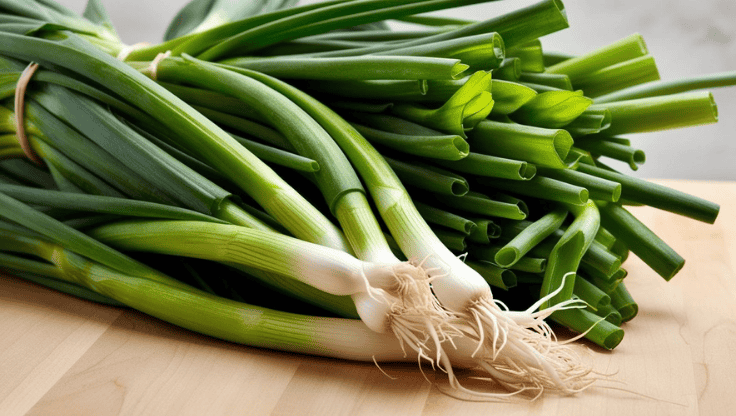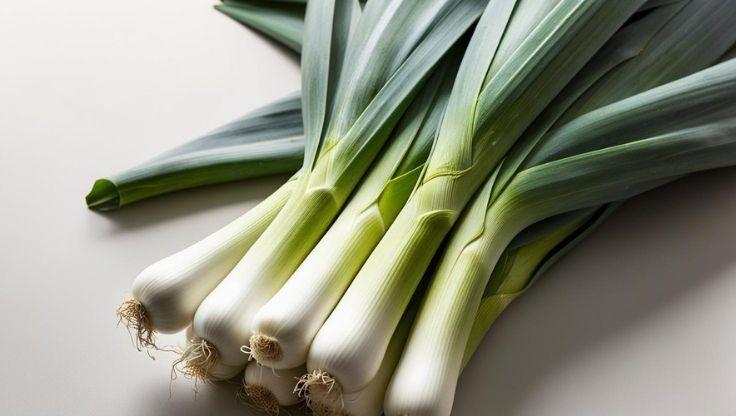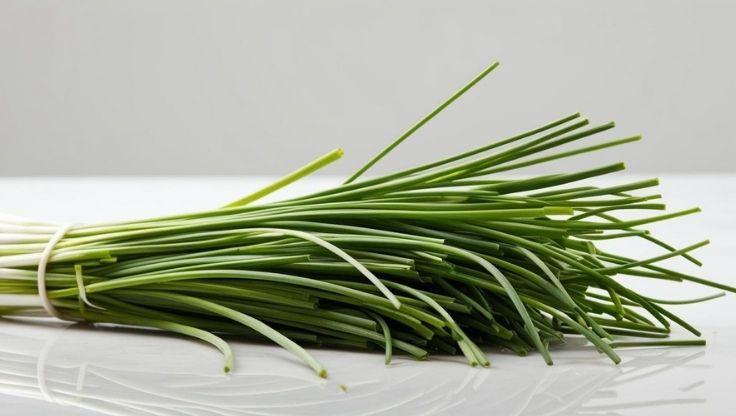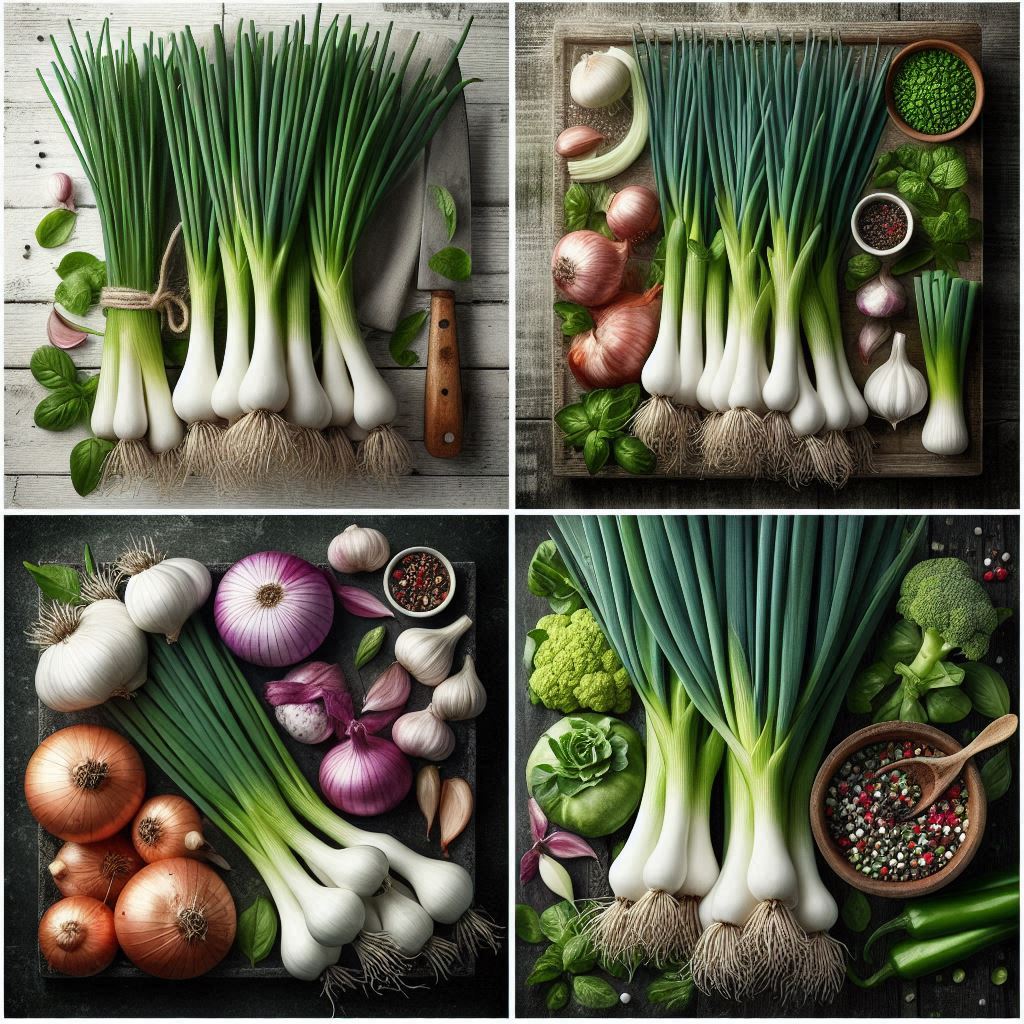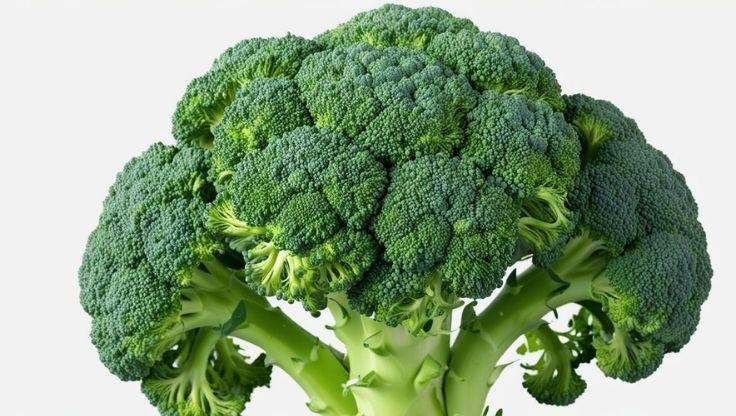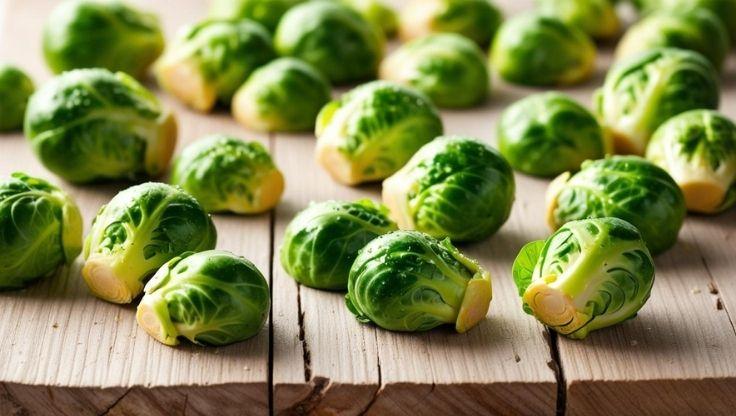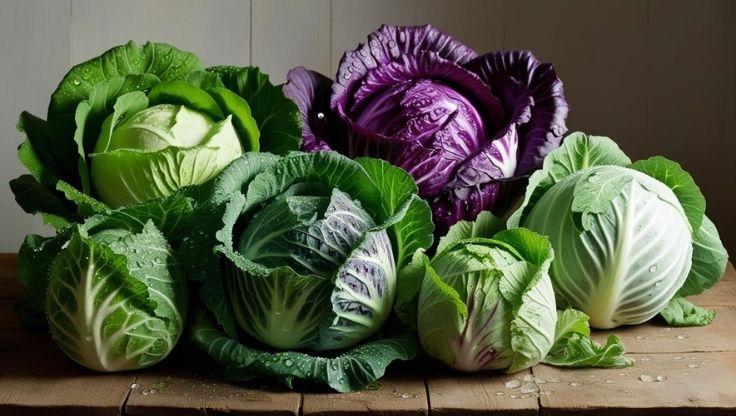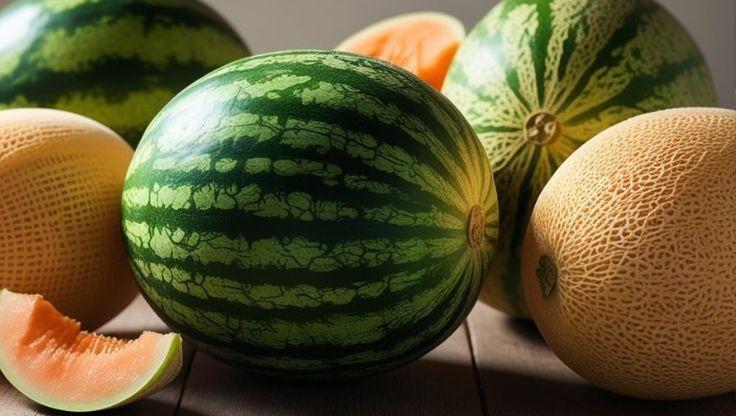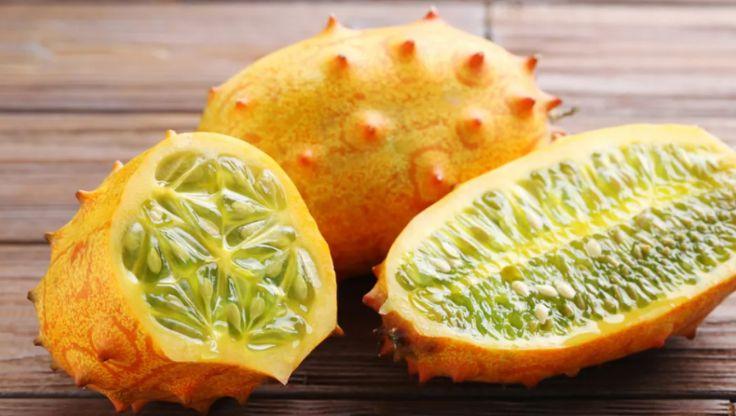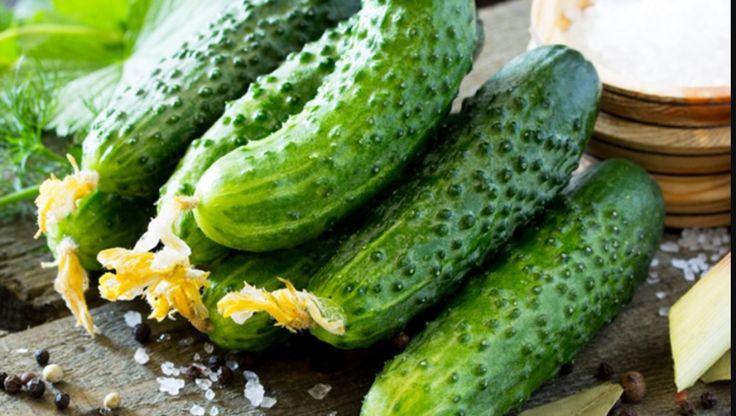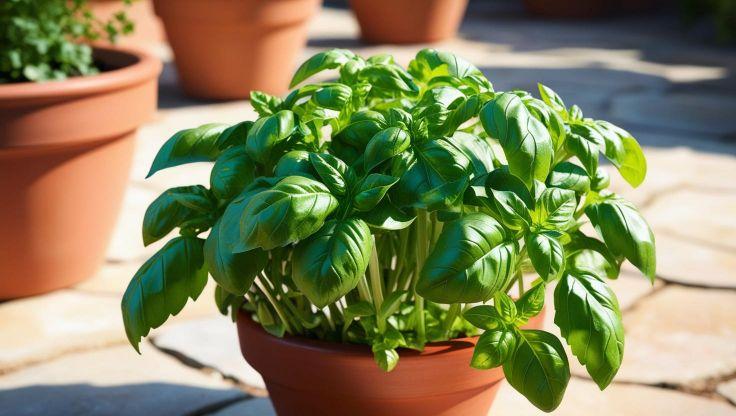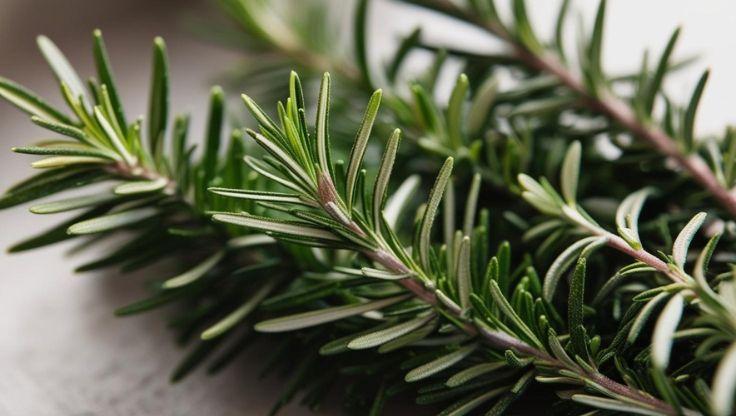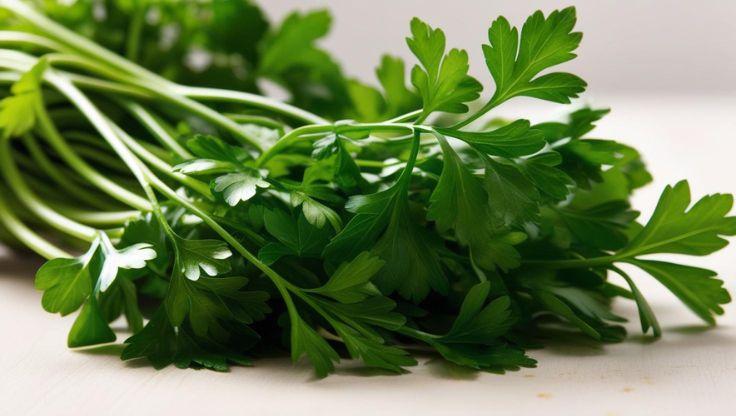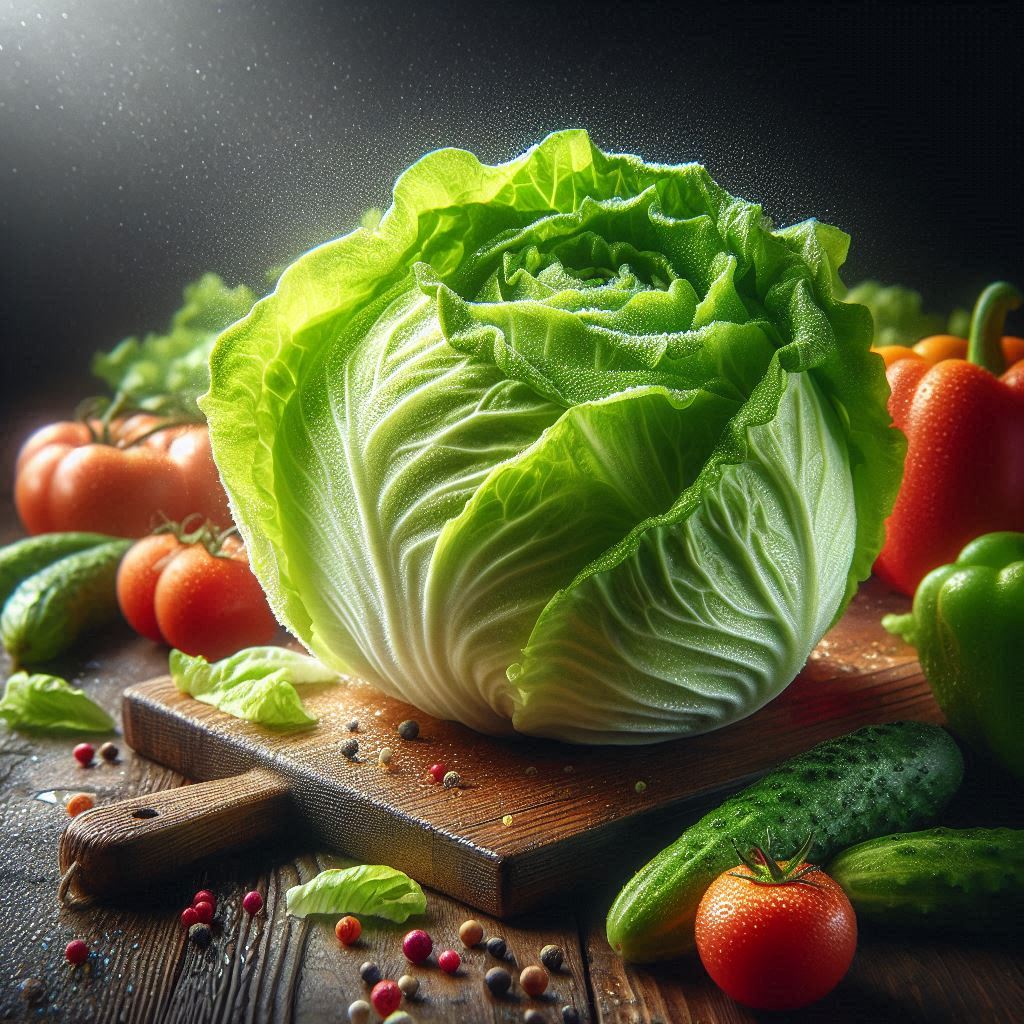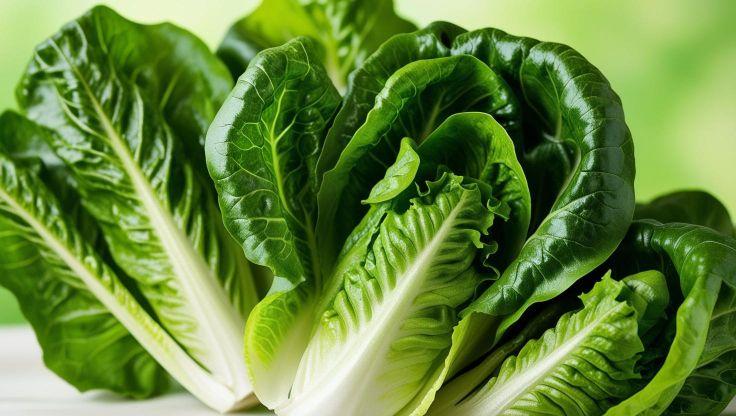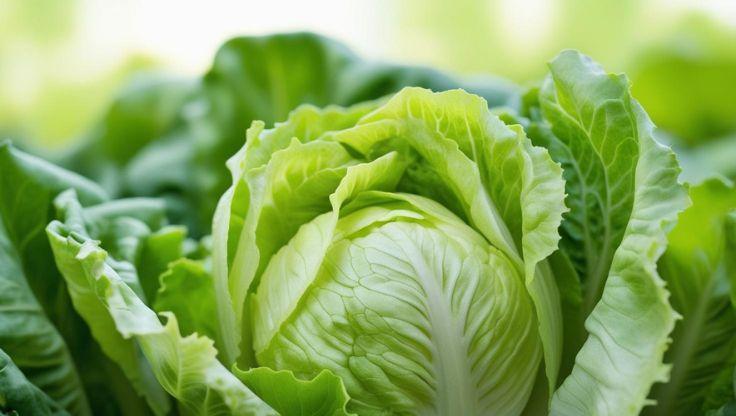Hydroponic Plants: The Ultimate Guide to Growing Celery in a Hydroponic System
Hydroponic plants like celery (Apium graveolens), a nutrient-rich vegetable, are increasingly cultivated for their crisp stalks. Originating from the Mediterranean, these hydroponic plants are valued. Unlike soil farming, hydroponic plants such as celery thrive in controlled environments, ensuring efficient nutrient uptake, potentially faster growth, and consistent year-round production of high-quality hydroponic plants. The hydroponic system minimizes soil issues, improving yield and reducing water consumption for these hydroponic plants.
Why Choose Hydroponic Celery? Key Advantages for Your Hydroponic Plants
Cultivating celery as hydroponic plants offers distinct advantages for the dedicated grower. The controlled environment facilitates precise nutrient delivery directly to the roots of your hydroponic plants. This meticulous control often results in accelerated growth rates for these hydroponic plants compared to traditional soil methods, producing tender, flavorful stalks more consistently from your hydroponic plants.
Furthermore, hydroponic systems can yield more produce in smaller areas, as hydroponic plants can often be spaced closer together. Water usage is dramatically reduced because many systems efficiently recirculate the nutrient solution for these hydroponic plants. The soil-less nature also minimizes common soil-borne pest and disease pressures that can significantly affect celery hydroponic plants, leading to healthier crops.
Optimal Hydroponic Growing Conditions for Celery Hydroponic Plants
Achieving success with celery hydroponic plants depends on creating and maintaining optimal growing conditions. This involves meticulous control over pH, EC, light, temperature, and humidity within your chosen hydroponic system to best support your hydroponic plants.
Mastering pH and EC Levels for Thriving Hydroponic Plants
For celery hydroponic plants, keeping the nutrient solution pH within the critical range of 5.8–6.2 is absolutely essential. This specific range optimizes the availability and uptake of all essential nutrients by the roots of your hydroponic plants. Maintaining this pH prevents nutrient lockout, ensuring your hydroponic plants access a full spectrum of minerals for robust growth.
Electrical Conductivity (EC), indicating total nutrient strength, should be maintained between 1.8–2.4 mS/cm for celery hydroponic plants. This precise range ensures balanced nutrition for your hydroponic plants, preventing deficiencies or toxicities. Regular monitoring of both pH and EC with calibrated meters is vital for responsive management and the overall success of your hydroponic plants.
Light, Temperature, and Humidity Requirements for Celery Hydroponic Plants
Celery hydroponic plants demand 14–16 hours of daily light under high-quality full-spectrum LED grow lights for robust photosynthesis and optimal stalk development. A consistent Daily Light Integral (DLI) is key for productive hydroponic plants. The optimal temperature range for these hydroponic plants is 15–23°C (59–73°F); fluctuations can induce stress or premature bolting in your hydroponic plants.
Proper humidity levels, ideally maintained between 60–70%, are essential for healthy stalk development and to prevent physiological disorders like tip burn in celery hydroponic plants. Good air circulation, facilitated by fans, is crucial for managing humidity effectively and preventing common fungal issues that can affect your hydroponic plants.
Best Hydroponic Systems for Celery Cultivation as Hydroponic Plants
Celery, being adaptable hydroponic plants, can be successfully cultivated in several different hydroponic systems. The best choice for your hydroponic plants often depends on the grower's scale, available resources, and technical comfort level with managing these hydroponic plants.
Deep Water Culture (DWC) for Celery Hydroponic Plants
Deep Water Culture (DWC) is a widely used and effective system for celery hydroponic plants. It provides continuous nutrient access as roots are fully submerged in an actively aerated nutrient solution. This system is relatively straightforward to operate, promoting vigorous growth in hydroponic plants like celery by ensuring high oxygen levels at the roots.
Nutrient Film Technique (NFT) for Efficient Hydroponic Plants
Nutrient Film Technique (NFT) allows for efficient root exposure to a shallow, constantly flowing stream of nutrient solution for your celery hydroponic plants. This method ensures these hydroponic plants receive ample oxygen and nutrients directly. NFT is frequently employed in commercial hydroponic plants operations due to its scalability and efficiency in resource use.
Kratky Method for Passive Hydroponic Plants (Celery)
The Kratky Method offers a simple, passive hydroponic setup for celery hydroponic plants, especially suitable for small-scale growers or beginners. It requires no pumps or electricity post-setup, making it a very low-maintenance option for hobbyists wishing to grow hydroponic plants like celery with minimal ongoing inputs and complexity.
Nutrient Solutions & Water Management for Celery Hydroponic Plants
A precisely balanced nutrient solution and astute water management are foundational to the success of your celery hydroponic plants in any hydroponic system, providing all essential elements for optimal growth of these hydroponic plants.
Crafting the Nutrient Mix for Your Celery Hydroponic Plants
Adjust Nitrogen (N), Phosphorus (P), and Potassium (K) levels for celery hydroponic plants based on specific growth phases; celery is known as a relatively heavy feeder among hydroponic plants. Crucial Micronutrients like Calcium (Ca) and Magnesium (Mg) aid robust stalk formation. Sufficient Boron is also important to prevent stalk cracking in these hydroponic plants. Using a complete hydroponic fertilizer formulated for leafy greens often serves as a good starting point for your hydroponic plants.
Aeration & Water Refreshing for Healthy Hydroponic Plant Roots
Sufficient aeration of the nutrient solution is vital, particularly in DWC systems, to prevent root rot and maintain healthy celery hydroponic plants. Routinely refreshing the water or entire nutrient solution (e.g., every 1-2 weeks) replenishes depleted nutrients and prevents pathogen buildup, ensuring continued optimal health for your hydroponic plants and their root systems.
Seed to Harvest Process for Hydroponic Celery Plants
Growing celery hydroponic plants from seed to harvest is a journey that requires patience and consistent attention, as it's a long-term crop demanding careful management within the hydroponic system for these hydroponic plants.
Germination and Transplanting Celery Seedlings as Hydroponic Plants
Celery hydroponic plants typically start from seeds, often requiring 2–3 seeds per hole in a quality starting medium like rockwool for good germination rates. Maintain consistent moisture and warmth (around 21-24°C or 70-75°F) for these future hydroponic plants. Once seedlings are strong with several true leaves, carefully transplant them into the main hydroponic system.
Maturation and Harvesting Time for Your Hydroponic Plants
Once established in the hydroponic system, celery hydroponic plants typically mature within 120–140 days, making it a significant commitment. While a longer duration, hydroponic cultivation can enhance growth speed and overall stalk quality of your hydroponic plants. Harvesting can sometimes be done by taking outer stalks, allowing inner hydroponic plants to continue producing for an extended period.
Recommended Celery Varieties for Hydroponic Plants Success
Several celery varieties adapt well as hydroponic plants, offering good results in various systems. Choices like 'Tango,' 'Utah,' and 'Giant Pascal' are known for their robust performance and adaptability in hydroponic systems. Selecting a variety suited to your specific setup will improve the overall success of your hydroponic plants harvest.
Culinary Uses and Health Benefits of Hydroponic Celery Plants
Celery grown as hydroponic plants offers excellent culinary versatility and significant health benefits, making it a valuable and rewarding crop to produce from your hydroponic system for these hydroponic plants.
Versatile Culinary Applications for Fresh Hydroponic Plants
Hydroponic celery, as versatile hydroponic plants, is widely used in soups, salads, stir-fries, and fresh juices. Its crisp texture and pronounced flavor make it a prime ingredient for enhancing stocks and sauces, adding a fresh, vibrant dimension to dishes made with these high-quality hydroponic plants.
A Nutritional Powerhouse from Your Hydroponic Plants
Celery from hydroponic plants is notably high in fiber, vitamins K and C, and various beneficial antioxidants. It consistently aids digestion, supports robust immune function, and contributes to heart health. Furthermore, celery possesses valuable anti-inflammatory properties, making these hydroponic plants an exceptionally nutritious addition to any diet.
Sustainability Advantages of Growing Celery as Hydroponic Plants
Cultivating celery within a hydroponic system provides considerable sustainability advantages over conventional agriculture, benefiting both the environment and the reliability of supply for these hydroponic plants. A hydroponic system significantly reduces pesticide dependency due to the cleaner growing environment for hydroponic plants. It also enhances water efficiency dramatically through recirculation and supports consistent year-round cultivation of celery hydroponic plants, bolstering local food security with fresh produce.
Conclusion: Embracing Celery as Viable Hydroponic Plants
Growing celery as hydroponic plants is an increasingly popular and rewarding practice for modern cultivators. By meticulously managing pH, EC, light, and nutrients within an appropriate hydroponic system, growers can achieve impressive yields of high-quality celery hydroponic plants. The advantages of potentially faster growth, reduced resource use, and year-round availability solidify celery's place as an excellent candidate for contemporary hydroponic plants cultivation, supporting sustainable food production with these efficient hydroponic plants.
Research for expert insights
Gain expert knowledge and practical guidance by checking out the following detailed resources.
|
Company/Institution |
Article Title |
Article Link |
|---|---|---|
|
Neliti Journal |
Influence of Planting Medium on Different Nutrient Concentration to the Growth and Yield of Celery with the Nutrient Film Technique Hydroponic Cultivation System |
|
|
Academia.edu |
Comparative Study of Celery (Apium graveolens) on Growth, Yield, and Quality Under Different Growing Conditions |
|
|
Sciforum |
Agronomic Protocol for Hydroponic Cultivation of Cutting Celery for Fresh-Cut Products |
Their comprehensive study delivers deep insights, making them a valuable resource for readers seeking greater understanding.


